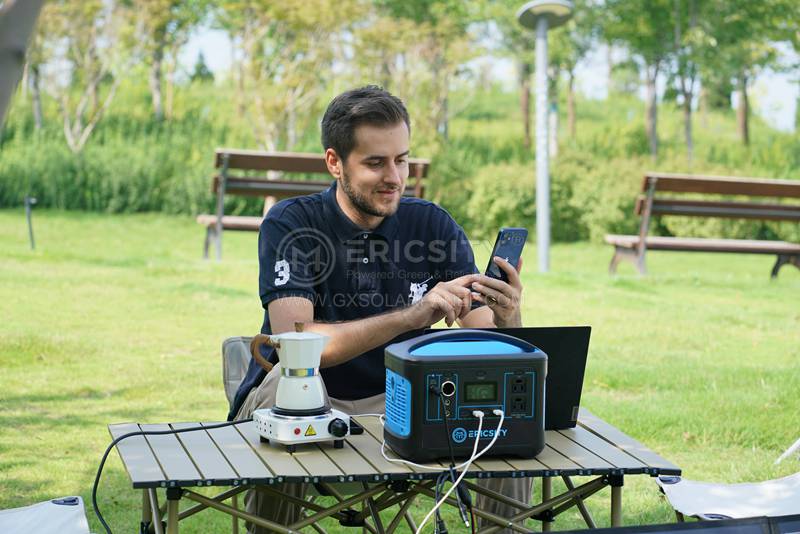HOT PRODUCT
Product Details
flexible Solar Panels For Campervans: Installation Tips And Tricks
Flexible Solar Panels For Campervans: Installation Tips And Tricks
Exploring the great outdoors in a campervan has become increasingly popular in recent years. It offers the freedom to travel at your own pace while having all the amenities of a home on wheels. One essential aspect of ensuring a comfortable and self-sufficient campervan experience is having a reliable power source. This is where flexible solar panels come into play. In this article, we will discuss the installation tips and tricks for flexible solar panels on campervans.

1. Assessing Power Needs:
Before starting the installation process, it is important to assess your power needs. Calculate the average power consumption of your appliances and devices to determine the size and number of panels required. Flexible solar panels range in wattage, so choose the ones that best suit your power requirements.
2. Selecting the Right Panels:
There are various types of flexible solar panels available in the market. Monocrystalline, polycrystalline, and amorphous panels are the most common options. Monocrystalline panels are the most efficient and perform well under direct sunlight. Polycrystalline panels are cost-effective and have a good performance in diffused light conditions. Amorphous panels are flexible and can work well even in shaded areas. Consider the campervan’s usage and weather conditions to decide on the type of panels that will work best for you.

3. Choosing the Mounting Location:
The mounting location for the solar panels is crucial for optimal energy harvesting. Look for a spot on your campervan’s roof that receives maximum sunlight and is free from any obstruction like roof vents, air conditioning units, or bike racks. Ensure that the chosen location is strong and sturdy enough to support the weight of the panels.
4. Preparing the Mounting Surface:
Before installing the panels, it is necessary to prepare the mounting surface properly. Clean the area thoroughly to remove any dirt, dust, or debris that might affect the adhesive. Use a mild detergent or alcohol-based cleaner to ensure a clean surface. Dry the area completely before proceeding to the next step.
5. Installing the Panels:
Flexible solar panels come with adhesive backing, making the installation process relatively straightforward. Carefully peel off the protective film from the adhesive and gently press the panels onto the prepared surface. Start from one side and gradually lay the panel down, avoiding any air bubbles or wrinkles. Apply even pressure on the entire surface to ensure a secure and uniform bond.
6. Securing the Panels:
Depending on the manufacturer’s recommendations and the nature of your campervan’s roof, additional securing might be required. You can use adhesive sealants or brackets to reinforce the panels’ attachment. Ensure the securing method you choose offers both flexibility and durability to withstand different weather conditions and vibrations while on the road.
7. Wiring and Connections:
Proper wiring and connections are essential for the solar panels to function effectively. Consult the manufacturer’s instructions for the correct wiring setup. Opt for high-quality cables and connectors that are weather and UV-resistant. Connect the solar panels to a charge controller, which regulates the power flow to the battery, preventing overcharging. Finally, connect the charge controller to the battery bank.
8. Regular Maintenance:
Once the installation is complete, regular maintenance is crucial to maximize the lifespan and efficiency of your flexible solar panels. Keep the panels clean by gently washing them with a mild detergent and water. Check the wiring and connections periodically for any signs of wear or damage. Inspect the panels for scratches or tears, as these can affect their performance.
Flexible solar panels provide a convenient and eco-friendly solution for powering your campervan. By following these installation tips and tricks, you can ensure a seamless setup, allowing you to enjoy your adventures without worrying about battery drainage. Remember to carry out regular maintenance to keep your solar panels in optimal condition for years to come.




